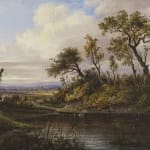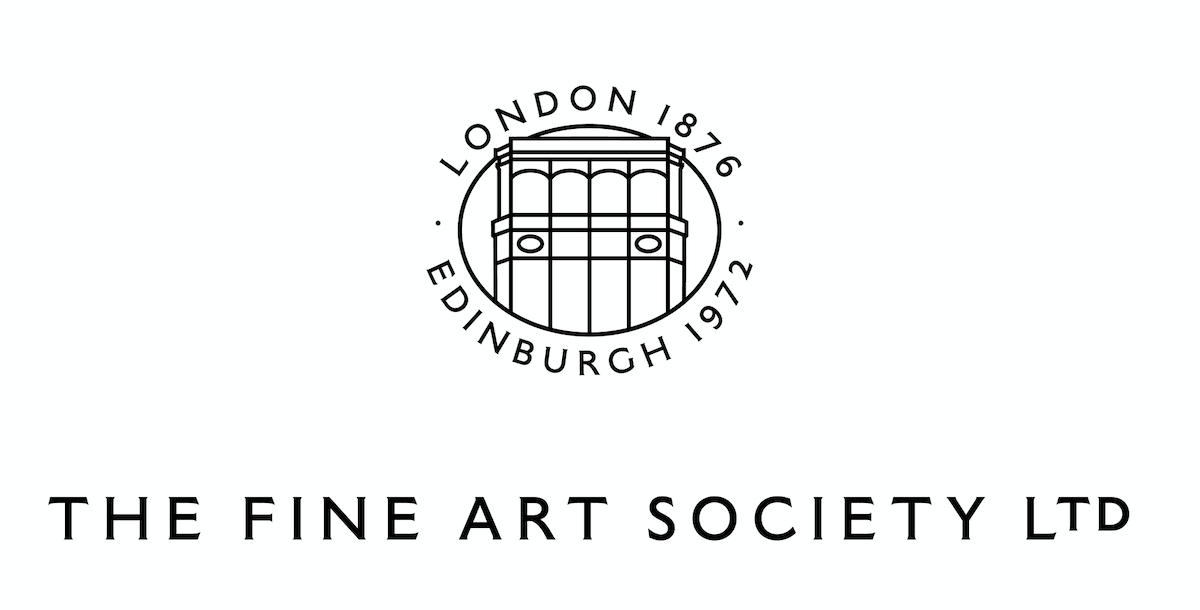-


Patrick Nasmyth
Tintern Abbey, 1827signed and dated 1827 on panel verso; inscribed on label verso “This picture landscape / with Tintern Abbey in the distance / was bought from Peter Nasmyth by John Hampa and sold by / him to Lord Murray for 30 guineas / and was bought by me after / Lord Murray's death for / John Burt Esq. M.D. / D Bruce”; inscribed on panel verso “No 24 / P... Nasmyth / Lon... / 1827”oil on panel7 ¼ x 9 ¾ inchesProvenance
John Hampa; Lord Murray; John Burt M.D.
Join our mailing list
* denotes required fields
We will process the personal data you have supplied to communicate with you in accordance with our Privacy Policy. You can unsubscribe or change your preferences at any time by clicking the link in our emails.




